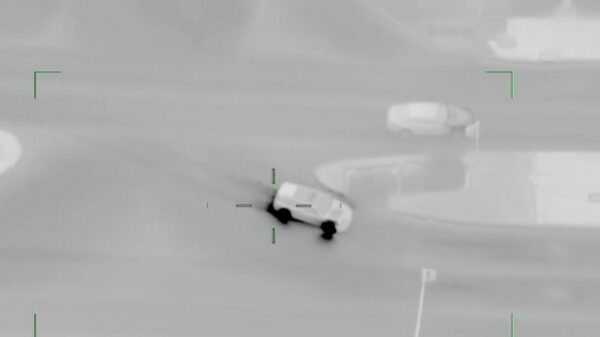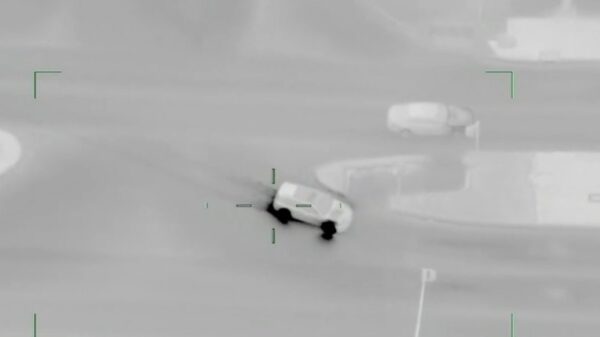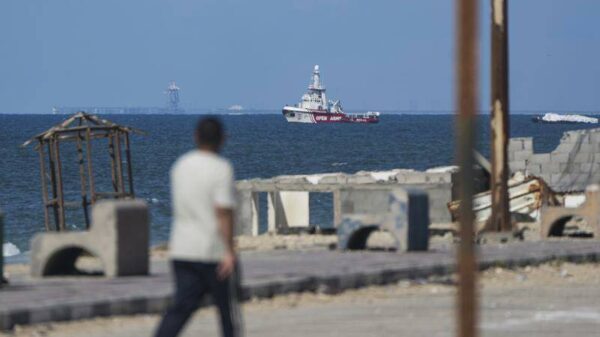Recent research suggests that a comet explosion may have played a crucial role in the extinction of the Clovis culture and the abrupt climate shift known as the Younger Dryas, approximately 12,800 years ago. This study, published in PLOS One, is spearheaded by James Kennett, a professor emeritus of Earth Science at UC Santa Barbara. The findings could reshape our understanding of prehistoric climate events and their impact on ancient human societies.
The research centers on the discovery of shocked quartz at three significant archaeological sites associated with the Clovis culture: Murray Springs in Arizona, Blackwater Draw in New Mexico, and Arlington Canyon on California’s Channel Islands. Shocked quartz is formed under extreme pressure and heat, similar to conditions created by nuclear explosions and impacts from celestial bodies.
Kennett and his team found this unique mineral at layers corresponding to the onset of the Younger Dryas, a significant period marked by rapid cooling. They utilized ten analytical techniques, including electron microscopy, to identify quartz grains with glass-filled fractures—characteristics typically linked to impact events. “These shocked grains co-occur with previously reported peak concentrations in platinum, melt glass, soot, and nanodiamonds,” the authors state, reinforcing the possibility of a cosmic event.
The Younger Dryas Impact Hypothesis (YDIH) posits that a disintegrating comet or asteroid may have caused massive airbursts, leading to widespread fires and climate changes that devastated ecosystems. Proponents of the YDIH argue that this cataclysm could explain the extinction of megafauna, such as woolly mammoths, and the collapse of the Clovis culture, which was known for its distinctive stone tools and large game hunting.
Despite its compelling evidence, the YDIH has faced skepticism within the scientific community. Critics highlight the absence of a distinct impact crater and suggest that alternative explanations could account for the observed phenomena. Yet, Kennett remains optimistic about the implications of the new findings. “By connecting the physical evidence of an impact event with well-established archaeological and paleontological records, our findings contribute to a more comprehensive understanding of this critical period in Earth’s recent history,” he stated.
The authors of the study assert that shocked quartz with glass-filled fractures serves as substantial evidence in the absence of a known impact crater. They emphasize that such quartz fractures have only been reported in impact layers, strengthening the YDIH’s case. Additionally, the research aligns with previous findings of a “black mat” layer in sediments across the northern hemisphere, which indicates mass burning likely caused by airbursts.
The research team points to a series of cosmic events leading to the Younger Dryas, with Kennett summarizing the potential devastation succinctly: “In other words, all hell broke loose.” The findings may spark renewed interest in the YDIH, as they provide concrete physical evidence that could shift the consensus among scientists regarding the causes of this pivotal period.
As the debate continues, the study underscores the complex interplay between cosmic events and Earth’s climate history. Understanding these connections not only sheds light on past extinctions but also offers insights into the potential global effects of cosmic impacts on climate and human societies. The research thus serves as a vital piece in the puzzle of Earth’s environmental history.


































































